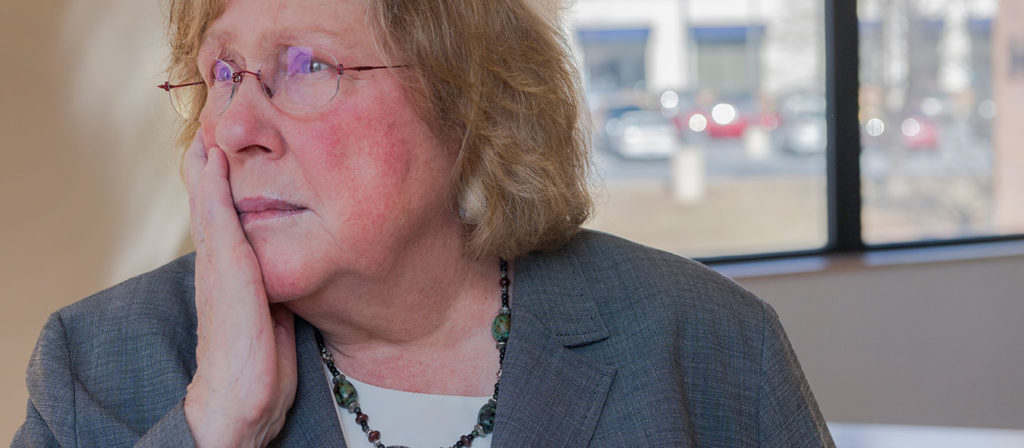Drug overdose deaths are on the rise in rural areas, and in some cases are overtaking death rates in urban areas. But unlike urban areas, there is little data about overdose prevention in rural America.
Based at West Virginia University’s Eastern Campus in Martinsburg, Joy Buck, a WVU School of Nursing professor, and her collaborators will gather real-time data about overdose trends and assess the cultural barriers to—and facilitators of—overdose prevention. The findings gleaned from her pilot project may prove useful in other rural areas across the nation.
The team will examine how opioid distribution and its use in a rural or urban setting can affect the risk for overdose. Then they will use the findings to strategize a coordinated response to overdoses and support a network of peer recovery coaches to improve overdose and harm-reduction outreach in rural areas of Berkeley County.
The 12-month pilot project received a $135,000 grant from the University of Baltimore’s Center for Drug Policy and Enforcement. Project partners include the Berkeley County Recovery Resource Center, the Berkeley County Harm Reduction Program, the Berkeley County Day Report Center and Healthcare Advocates for Recovery, Inc.
“There are differences in response times to overdoses in the city and the county,” Buck said. “Nationally, we also don’t know much about how to ramp up overdose-prevention models in rural areas. Everything is based on urban models.”
The project will include the formation of a steering committee with representatives from Martinsburg as well as rural Berkeley County because, although most harm-reduction and recovery services are concentrated in Martinsburg, many overdose deaths occur farther out in the surrounding area.
“Our primary goal is to identify and bridge the gaps, so people don’t fall through the cracks,” Buck said.
The committee will include public health professionals, law enforcement, emergency medical services, lawyers, people in recovery and other community members. Members will come to the committee with different perspectives on the issue but will share the goal of reducing the damage that opioids and other drugs inflict on users.
Additionally, interviews and focus groups that include the local police department, emergency medical services, state law enforcement and others working in the community will provide more insight into the urban versus rural disparity, patterns of substance use and barriers to overdose prevention and access to treatment and recovery services.
The researchers and community partners will review data from multiple sources to identify areas in Berkeley County that should be prioritized for outreach. In particular, they will consider ODMAP, a real-time map of overdose data that comprises parts of Maryland, Virginia, Washington D.C. and West Virginia. The map is produced by the High Intensity Drug Trafficking Areas program.
“If we’re looking to expand services and outreach, those are the areas we would prioritize because that’s where the most overdoses are occurring,” Buck said.
The resulting outreach efforts will take into account geographical and technological limitations that members of the steering committee bring to light. For instance, areas in Berkeley County lack reliable internet or cell phone coverage.
“So, if you’re using social media to push that information out, it may not reach people,” Buck said. “How do we get information out to people? Do they have internet access? Who do they communicate with? What are their social networks?”
The key to overcoming communication challenges will be people in recovery who mentor individuals who are considering giving up opioids. As part of the pilot project, more peer recovery coaches will be trained to reach “hidden populations” of individuals actively using drugs to help them access harm-reduction and other important services, and to act as what Buck called a “bridge to recovery.”
Peer mentors are “critical to this because they have been there. They know what the walk is; they know that it’s a tough walk. They’re really important in keeping this project honest,” Buck said. “Hopefully what we’ll end up with is a more coordinated and comprehensive response to overdose.”
Research reported in this publication was supported by the University of Baltimore’s Center for Drug Policy and Enforcement. The Office of National Drug Control Policy and the Centers for Disease Control and Prevention funded this effort. The content is solely the responsibility of the authors and does not necessarily represent the official views of UB’s CDPE, ONDCP or CDC.
Originally from Wendi MacKay for WVU Today.
